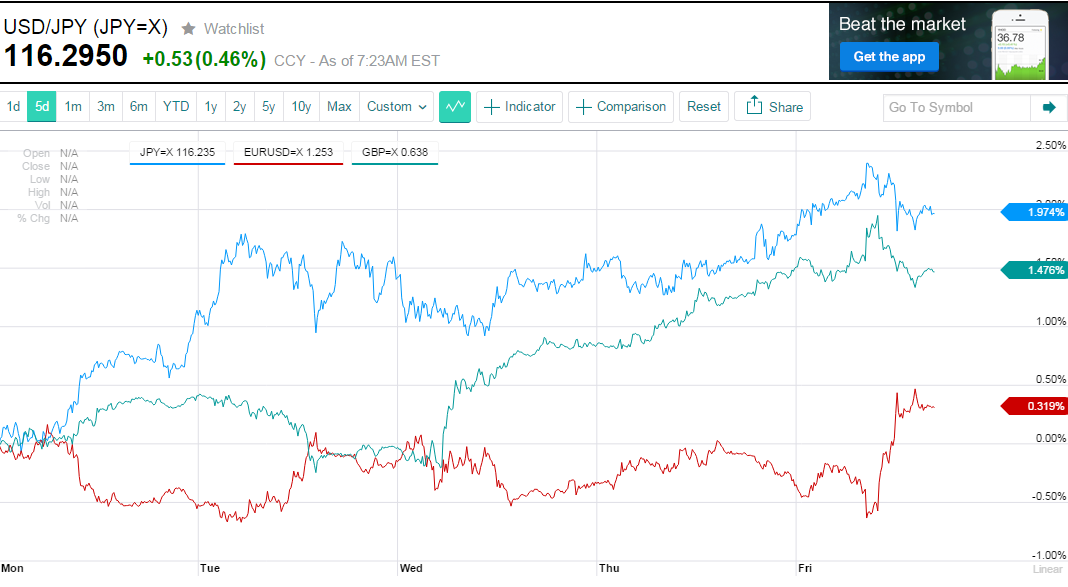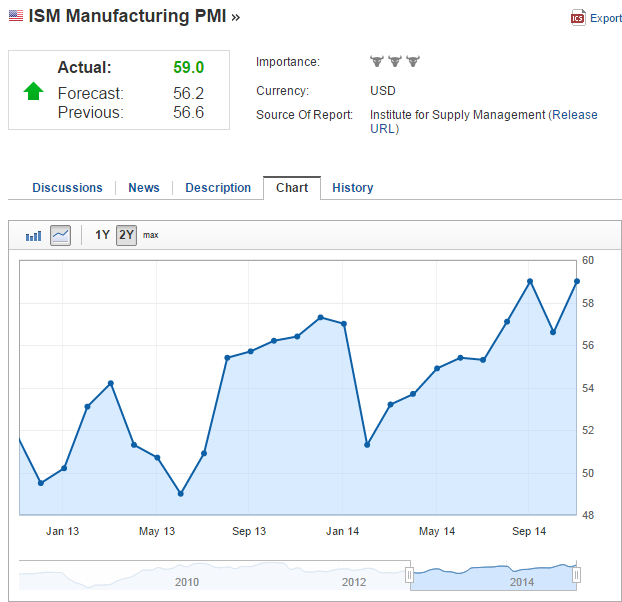The Bank of Indonesia (BI) decided to increase base
interest rate by 25bp, from 7.50% to 7.75%, on November 18 to stabilize
inflation rate, and strength the Government’s fuel subsidy reform. The BI aimed
to lower the inflation expectation, and ensure that inflationary pressures
remain under control. Indonesia’s inflation rate spiked up from 4.8% to 6.2% in
a month after the Indonesian president Widodo started his term on October 20. Indonesia
already experienced a steep uprising inflation rate when fuel price increased
by 22% in mid-2013. Indonesia is again experiences spiking inflation rate even
before the reform is implemented.
This 25bp increased interest rate expects to
stabilize consumer price, which strengths the President Widodo’s energy reform.
If price is stabilized while fuel subsidy is reduced, the government is likely
to save almost IDR120 trillion ($9.6 billion) to use for infrastructure and
social welfare including education and medical industries. The government
expects this policy to attract more foreign investments.
Yet there is a concern about the BI’s monetary
policy that goes opposite to current monetary policy trend to low the interest
rate. The PBOC cut interest rate by 40bps, from 6.0% to 5.4%, and indicates
additional interest rate cut in the future, the BOJ put additional stimulus
around 80 trillion yen ($682 billion) by expanding quantitative easing, the ECB
is expected to add as much as 1 trillion euros ($1.24 trillion).
Some say that Indonesia’s economic structure is vulnerable
to external economy that this increased interest rate will delay economic
growth. After quantitative easing is over, rupiah can be dramatically
depreciated that another financial crisis will be occurred. Rupiah has been
depreciated around 23% from a year earlier, and its current account decreases
as oil import increases to catch up the local demand. While GDP rose only 5.01%
in Q3, Indonesia’s current account deficit is declined to 3.07%, similar level
with financial crisis period.
 |
Figure 1Indonesia
Current Account to GDP. It is similar level with financial crisis period.
Source: Bank of Indonesia, tradingeconomics.com |
But there is a bright side of Indonesia economy.
Unlike financial crisis period, Indonesia’s foreign exchange reserves grows
almost 8 times larger; it is large enough to protect exchange rate. Import in
oil, which was the majority reason for decline in current account, is
decreasing as its consumption declines as a result of energy reform. Indonesia’s
financial market is still vulnerable to external sources, but Indonesia has a
large domestic market to stabilize economic growth when other countries
implement Exit Plan.
 |
Figure 2Indonesia
Foreign Exchange Reserve. It is continuously increasing.
Source: Bank of Indonesia, tradingeconomics.com |
The BI’s decision to rise interest rate aims at both
stabilizing inflation rate and economic growth at the same time. Even though
its economic growth slows down last two quarters, this new interest rate will help
the president Widodo’s policy to increase government spending and foreign
investment, and recover its growth rate.
















































